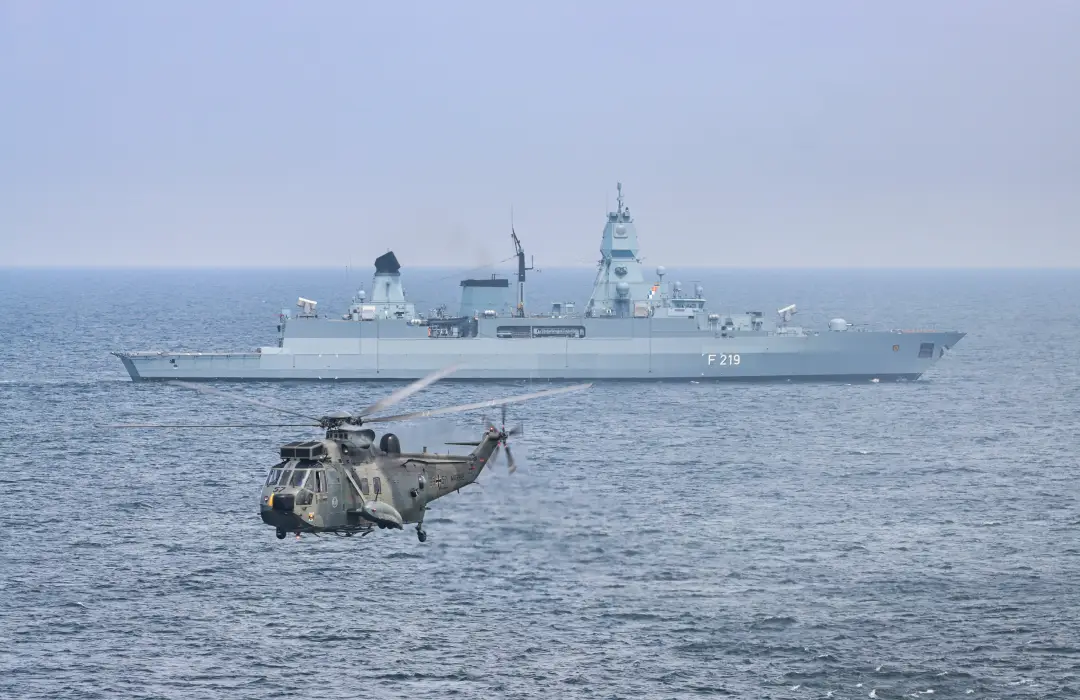BEIJING: US, Japanese, Australian and Canadian warships are currently conducting large-scale joint exercises in Japanese and international waters, the US Navy said on Wednesday.
Without directly mentioning China, the 7th Fleet said the two-week Keen Sword exercises will include scenarios designed to “challenge critical capabilities needed to support Japan’s defense and stability in the Indo-Pacific.”
The United States and its allies view China’s growing assertiveness as the region’s most important military challenge. . The exercises also come when leaders of the Group of 20 leading economies met in Indonesia, among other high-level regional forums. The G20 summit marked the first face-to-face meeting between US President Joe Biden and China’s Xi Jinping since Biden took office, giving hope for an easing of recently heightened tensions over trade, technology and Taiwan.
The drills include large-scale anti-submarine warfare exercises, and the guided-missile destroyer USS Benfold fired its 5-inch gun as part of live-fire exercises on Sunday, the 7th Fleet said in a statement. Three Japanese, two Canadian frigates and one Australian destroyer were also present.
,
The participation of Australian and Canadian navies this year helped “increase readiness and interoperability to support the security interests of allies and partners in the region”.
“Regional security is a team effort more than ever,” Benfold Commander Marcus Seeger said in a statement. “We have a common determination. The first wave of the crisis involves the same allies who are present in this year’s Keen Sword.
,
China has the world’s largest navy in terms of ships, which it has used to assert its claim to nearly all. the South China Sea, a center for global trade. an important route.
China has avoided formal alliances but has participated in some very limited international exercises. It has established its first foreign base in the Horn of Africa nation of Djibouti and is believed to be cooperating with Cambodia to build another such facility in the Gulf of Thailand.Both countries have denied the accusation.
China also signed a security agreement with the Solomon Islands, raising concerns about Chinese forces gaining ground in the South Pacific.
Exchanges between China and the United States have been particularly difficult for reasons such as deep mutual mistrust and Washington’s support for Taiwan, which China claims as its territory to seize by force if necessary.
China is responding strongly after the United States sails naval vessels near Chinese-owned islands in the South China Sea, many of which Beijing has equipped with landing sites and other military facilities.
Efforts to enforce agreements to prevent unexpected incidents at sea and in the air have been limited, and the United States has withdrawn China from a major two-year Pacific Rim exercise on its militarization of islands in the South China Sea.

